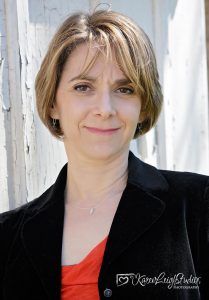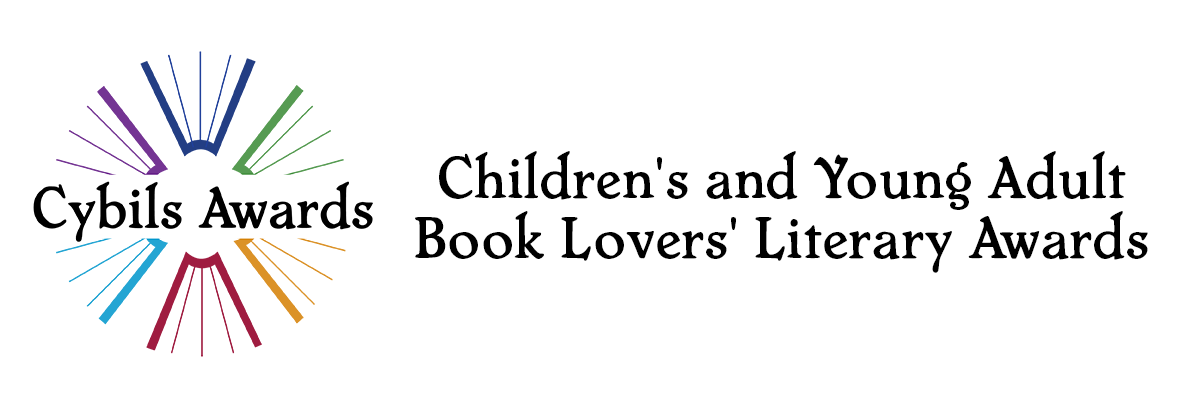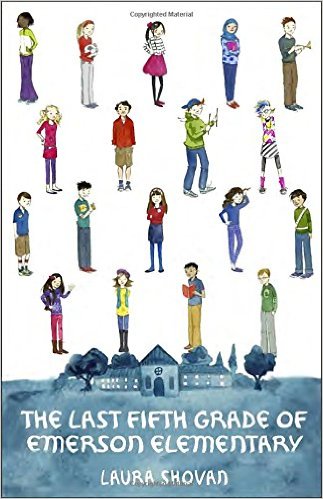What were you doing when you heard you had won the CYBILS Award for Poetry?
I was working on a big revision for my next middle grade novel. One of the judges Tweeted about the award. It was the best Valentine’s Day gift ever. Better than chocolate!
This is a LOT of characters to invent and develop. What is your process? Who were your favorite characters? Were any based on people you already knew?
I started THE LAST FIFTH GRADE as a collection of poems about a fifth-grade class with thirty students. To begin with, each child in the class had one poem, one chance to speak. Over the six years it took to grow the book to novel length and revise it for publication, I cut some characters and melded others. A few of Ms. Hill’s students were originally modeled on real people, but the characters developed their own personalities over time.
My process is to start with a fact about each character. When I run poetry workshops for kids, I tell them that the fact is like the character’s skeleton. From there, I begin to imagine what this person thinks and feels, how he or she might handle what’s happening in the plot. That step is like adding muscles to the skeleton, which is what brings the characters to life.
I can’t pick favorites. I love all of Ms. Hill’s students. Jason and Katie were the most fun to write. I had a great time coming up with Jason’s parody poems.
 When writing the poems of each student in the book, did you read about that “type” of child to find a sense of the essence of the character?
When writing the poems of each student in the book, did you read about that “type” of child to find a sense of the essence of the character?I relied on my experience as a parent and educator. My son had just finished fifth grade when I began the book and his class was a big part of the initial inspiration. Since I’ve been working as a poet-in-the-schools for fifteen years, I also drew on my work with elementary schoolers in the classroom, the topics they like to write about and share in their poems.
Another part of my character research was using librarian Barb Langridge’s fascinating reader personality types to develop the boys in Ms. Hill’s class. (The types are listed at her website.) Matching the boys with the type of books they’d like to read helped me dig into their characters more deeply.
Was the intent, from the beginning, to write a novel-in-verse? Which part was the most difficult? The poems or the plotting?
What started as a collection of 30 poems grew first to a 50-page manuscript. I envisioned that draft as a kind of fifth grade poetry yearbook. When an agent critiqued my manuscript and said I should expand it to a full length middle grade novel, I thought “That is a terrifying idea.” But I also loved the challenge.
Plotting was the hardest part for me, no question! I’d been working on the book for four years when I decided to throw out the entire plot. Everything from Ms. Hill’s activist history to the school being threatened with demolition came out of that rewrite.
What are you currently working on?
I’m working with my editor on a prose novel in two voices. TAKE DOWN is about two middle school wrestlers—Mikayla, the first girl to join her team, and her training partner Lev, who’s convinced that having a female partner will ruin his dream of competing at the state championship.
Thank you so much for your time!

